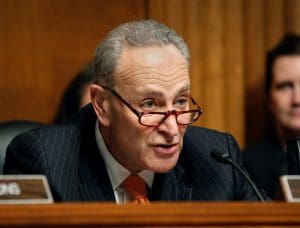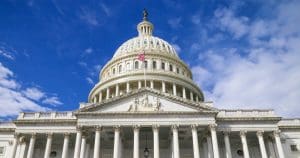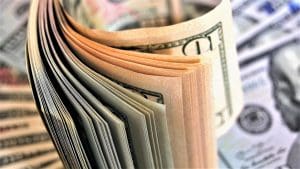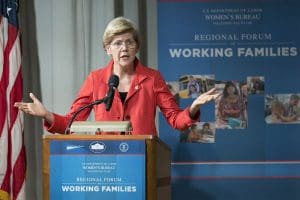The economic crisis caused by the coronavirus pandemic poses a triple challenge for tax policy in the United States. Lawmakers are tasked with crafting a policy response that will accelerate the economic recovery, reduce the mounting deficit, and protect the most vulnerable.
To assist lawmakers in navigating the challenge, and to help the American public understand the tax changes being proposed, the Tax Foundation’s Center for Federal Tax Policy modeled how 70 potential changes to the tax code would affect the U.S. economy, distribution of the tax burden, and federal revenue.
In tax policy there is an ever-present trade-off among how much revenue a tax will raise, who bears the burden of a tax, and what impact a tax will have on economic growth. Armed with the information in our new book, Options for Reforming America’s Tax Code 2.0, policymakers can debate the relative merits and trade-offs of each option to improve the tax code in a post-pandemic world.



A High Tax Rate on Star Inventors Lowers Total Innovation
Findings from a new study suggest that while a policy agenda to revive innovation must include an assortment of changes – including greater access to mentorship – tax policy matters too.
2 min read

Sanders’ Estate Tax Plan Won’t Likely Raise the Revenue Intended
While progressivity may look appealing—particularly at a time when policymakers in Congress seem to be competing on how best to extract revenue from the wealthiest in the country—it may not raise the revenue intended.
2 min read




Unclear if Warren’s Wealth Tax Proposal is Constitutional
There is a chance that Senator Warren’s proposed wealth tax would be found unconstitutional, but opinions are mixed and the precedents go both ways.
2 min read